Speaker
Description
The Cryogenic Underground Observatory for Rare Events (CUORE) is the first bolometric experiment searching for neutrinoless double-beta (0NBB) decay that has been able to reach the one-tonne mass scale. The detector, located at the LNGS in Italy, consists of an array of 988 TeO_2 crystals (~750 kg). CUORE began its first physics data run in 2017 at a base temperature of about 10 mK and has been steadily collecting data since. It released a new analysis of the search for 0NBB with two tonne-year of TeO_2 exposure in 2023, corresponding to the most sensitive measurement of 0NBB decay in Te-130 ever conducted. We find no evidence of 0NBB decay and set a lower bound of 3.3×10^{25} yr at a 90% credibility interval on the Te-130 half-life for this process. The next-generation of experiments aims at covering the Inverted-Ordering region of the neutrino mass spectrum, with sensitivities on the half-lives greater than 10^{27} years. CUPID (CUORE Upgrade with Particle IDentification) will search for the 0NBB decay of Mo-100 in scintillating Li_2MoO_4 crystals in the existing cryogenic infrastructure of CUORE. A total of about 1600 Li_2MoO_4 crystals, enriched in Mo-100 will be coupled to ~1700 light detectors to allow for the simultaneous readout of heat and light and hence for an effective particle identification. Numerous studies and R&D projects are currently ongoing in an coordinated effort aimed at finalizing the design of the CUPID detector and at assessing its performance and physics reach. In this talk, we present the recent result of CUORE and discuss the design and forthcoming steps towards the construction of the CUPID experiment.

